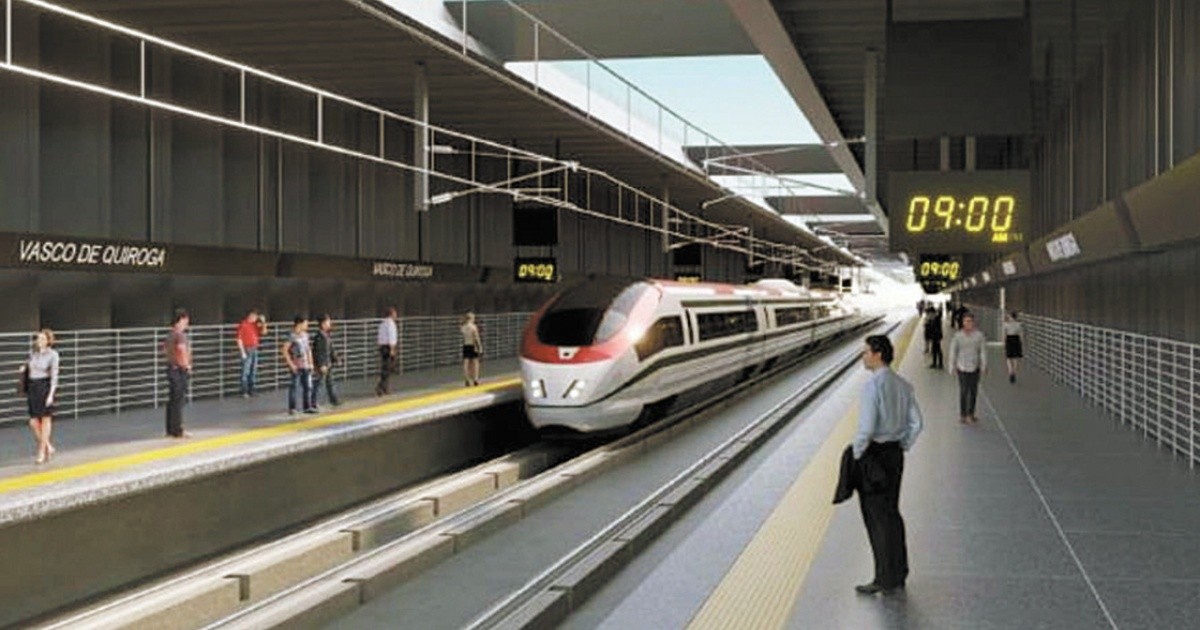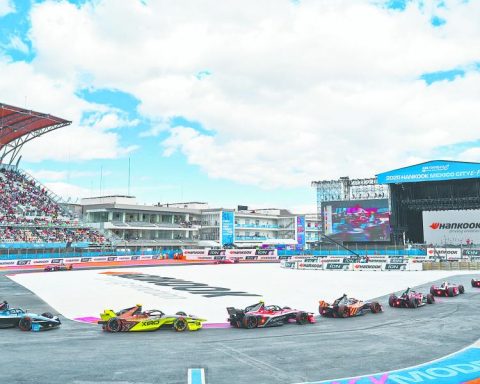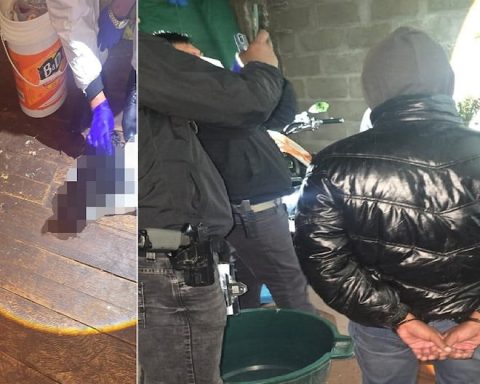The interest shown by the federal government in putting the Mexico-Toluca train at the end of next year is not reflected in your budgetwhich is narrowing despite the fact that there are tenders underway (this week it is planned to give a ruling on one related to the intermodal management in Observatory which implies about 250 million pesos).
The current cost of the entire project, including its equipment and trains, is of 103,615.4 million pesos.
At the end of 2020, just over 65,000 million pesos had been allocated to it, according to information released at the time. At the moment there is no site where you can see the updated amount that has been channeled by the train that began its construction in 2014 and was to be completed four years later at a cost of 33,471.8 million pesos.
The lack of planning (mainly route changes because the originally required right of way was not available) has increased the cost and railway work delayed that will speed up the flow of people between Mexico City and Toluca.
Based on information from the Ministry of Finance and Public Credit (SHCP), during the first quarter of the year a cut of 1,000 million was made to the 7,000 million pesos that had been assigned and only 9.1 million pesos were exercised.
Although the time to complete the works is shortened and is affected by the increase in the cost of construction materials, the budget situation this year does not look different in terms of adjustments to that of 2021, when it was assigned, via the Secretariat of Infrastructure, Communications and Transportation (SICT), a similar budget and with the reductions it finally remained at 100 million pesos and they exercised 90 percent.
Fortunately, the project last year received a injection of just over 7,500 million pesos of Banobras, through the National Infrastructure Fund (Fonadin), after President Andrés Manuel López Obrador requested that support.
However, by 2022 the same enthusiasm will not be able to be experienced because of non-budgetary resources it is expected to allocate just 3,000 million pesos to the train.
This year’s progress
At the end of last March, according to the SHCP, there was a physical progress of 76.9% of the project, since works that were added in the current six-year term have already been counted, such as the Vasco de Quiroga station and a cable-stayed bridge in section 3, which is in charge of the government of Mexico City and receives transfers from the federal government for meet the commitments assumed with construction companies and consultants.
On the importance of Vasco de Quiroga Stationthe SICT has informed that it has a social character and in its location converge the University of Health, the eastern zone of Santa Fe, military installations and the new cultural offer of the fourth section of the Chapultepec forest.
On sections 1 and 2 of the civil works are in final details, even in the first a test route is already made between the Zinacantepec terminal station and the Lerma station, passing through Pino Suárez and Tecnológico (in the latter a land connection is planned with Toluca airport).
The role of CDMX on the train
In recent months, the Head of Government, Claudia Sheinbaum Pardohas made visits to the work zone that is under its jurisdiction (17 km with an advance of 56.4%).
In one of them, on March 17, she was accompanied by personnel from the Marine Secretarybecause she assured that they will support her to try to conclude in the promised time.
“We are making the site visit, the construction and supervisory companies (PRET, CARGO and CAABSA)…. Here they are with me because they are committing themselves to the citizens, to the inhabitants of the city and to the State of Mexico so that we put a lot of effort into the work and it can come out on time for the benefit of all of them”, he explained.
Meeting the objective is complicated because completing the train responds to technical issues that continue to arise, for example, last month Alfa Suppliers and Contractors was awarded a contract for 1,357.3 million pesos, without VAT, to carry out various works in the construction of the surface foundation (footings) and superstructure of the Observatory terminal station, for which there is a term of 244 days.
For now, on April 18, the Government of Mexico City made an agreement with the SICT for the reallocation of 950 million pesos that must be channeled to the construction of the train.
At the time the railway project is completed, it is contemplated that the 58 km route will be done in 39 minutes at a commercial speed between stations of 90 km per hour and the capacity of a train at peak demand hours will be 15,660 passengers in a frequency of 4-6 minutes.
















